Related Research Articles
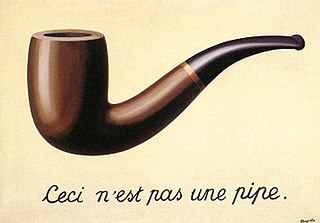
Surrealism is a cultural movement that developed in Europe in the aftermath of World War I in which artists depicted unnerving, illogical scenes and developed techniques to allow the unconscious mind to express itself. Its aim was, according to leader André Breton, to "resolve the previously contradictory conditions of dream and reality into an absolute reality, a super-reality", or surreality. It produced works of painting, writing, theatre, filmmaking, photography, and other media.
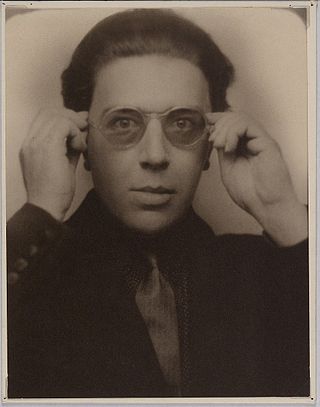
André Robert Breton was a French writer and poet, the co-founder, leader, and principal theorist of surrealism. His writings include the first Surrealist Manifesto of 1924, in which he defined surrealism as "pure psychic automatism".
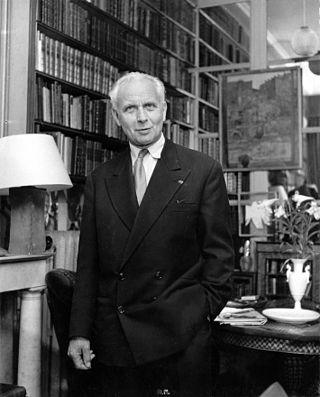
Louis Aragon was a French poet who was one of the leading voices of the surrealist movement in France. He co-founded with André Breton and Philippe Soupault the surrealist review Littérature. He was also a novelist and editor, a long-time member of the Communist Party and a member of the Académie Goncourt. After 1959, he was a frequent nominee for the Nobel Prize in Literature.
French literature generally speaking, is literature written in the French language, particularly by citizens of France; it may also refer to literature written by people living in France who speak traditional languages of France other than French. Literature written in the French language by citizens of other nations such as Belgium, Switzerland, Canada, Senegal, Tunisia, Algeria, Morocco, etc. is referred to as Francophone literature.

René Émile Char was a French poet and member of the French Resistance.

Penelope Rosemont is a visual artist, writer, publisher, and social activist who attended Lake Forest College. She has been a participant in the Surrealist Movement since 1965. With Franklin Rosemont, Bernard Marszalek, Robert Green and Tor Faegre, she established the Chicago Surrealist Group in 1966. She was in 1964-1966 a member of the Industrial Workers of the World (IWW), commonly known as the Wobblies, and was part of the national staff of Students for a Democratic Society (SDS) in 1967-68. Her influences include Andre Breton and Guy Debord of the Situationist International, Emma Goldman and Lucy Parsons.

Robert Desnos was a French poet who played a key role in the Surrealist movement.
Four Surrealist Manifestos are known to exist. The first two manifestos, published in October 1924, were written by Yvan Goll and André Breton, the leaders of rival Surrealist groups. Breton published his second manifesto for the Surrealists in 1929, and wrote his third manifesto that was not issued during his lifetime.
French poetry is a category of French literature. It may include Francophone poetry composed outside France and poetry written in other languages of France.
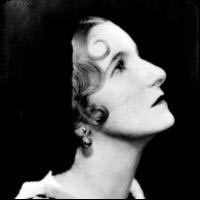
Valentine Hugo (1887–1968) was a French artist and writer. She was born Valentine Marie Augustine Gross, only daughter to Auguste Gross and Zélie Démelin, in Boulogne-sur-Mer. She is best known for her work with the Russian ballet and with the French Surrealists. Hugo died in Paris.
20th-century French literature is literature written in French from 1900 to 1999. For literature made after 1999, see the article Contemporary French literature. Many of the developments in French literature in this period parallel changes in the visual arts. For more on this, see French art of the 20th century.
Lise Deharme was a French writer associated with the Surrealist movement.
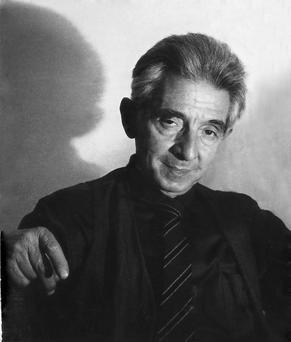
Georges Alexandre Malkine was the only visual artist named in André Breton's 1924 Surrealist Manifesto among those who, at the time of its publication, had “performed acts of absolute surrealism." The rest Breton named were for the most part writers, including Louis Aragon, Robert Desnos, and Benjamin Peret. Malkine's 1926 painting Nuit D'amour was the precursor of the lyrical abstract school of painting.
Surrealist cinema is a modernist approach to film theory, criticism, and production with origins in Paris in the 1920s. The movement used shocking, irrational, or absurd imagery and Freudian dream symbolism to challenge the traditional function of art to represent reality. Related to Dada cinema, Surrealist cinema is characterized by juxtapositions, the rejection of dramatic psychology, and a frequent use of shocking imagery. Philippe Soupault and André Breton’s 1920 book collaboration Les Champs magnétiques is often considered to be the first Surrealist work, but it was only once Breton had completed his Surrealist Manifesto in 1924 that ‘Surrealism drafted itself an official birth certificate.’
Maurice Nadeau was a French teacher, writer, literary critic, and editor. He was born in Paris.

Greta Knutson, also known as Greta Knutson-Tzara (1899–1983) was a Swedish modernist visual artist, art critic, short story writer, and poet. A student of André Lhote who adopted Abstraction, Cubism and Surrealism, she was also noted for her interest in phenomenology. Knutson was married to Romanian-born author and co-founder of Dadaism Tristan Tzara, but they later divorced.
Georges Limbour was a French writer, poet and art critic, and a regent of the Collège de 'Pataphysique.
Un Cadavre was the name of two separate surrealist pamphlets published in France in October 1924, and January 1930, respectively.
Anna Balakian was the former chair of the Department of Comparative Literature at New York University. She served as president of the American Comparative Literature Association from 1977 to 1980 and was a longtime leader in the International Comparative Literature Association. The author of numerous acclaimed books and articles, she was the recipient of many awards and was internationally recognized as an authority on symbolism and surrealism.

Suzanne Césaire, born in Martinique, an overseas department of France, was a French writer, teacher, scholar, anti-colonial and feminist activist, and Surrealist. Her husband was the poet and politician Aimé Césaire.
References
- ↑ "Mary Ann Caws." Gale Literature: Contemporary Authors, Gale, 2010. Gale Literature Resource Center, http://galenet.galegroup.com/servlet/BioRC. Accessed 21 Jan. 2020
- ↑ "Mary Ann Caws". www.gc.cuny.edu. Retrieved 16 April 2021.
- ↑ "Robert Motherwell". www.press.uchicago.edu. Retrieved 16 April 2021.
- ↑ "To The Boathouse - University of Alabama Press". www.uapress.ua.edu. Retrieved 16 April 2021.
- ↑ "cooking-hardcover". pegasusbooks.com. Retrieved 16 April 2021.